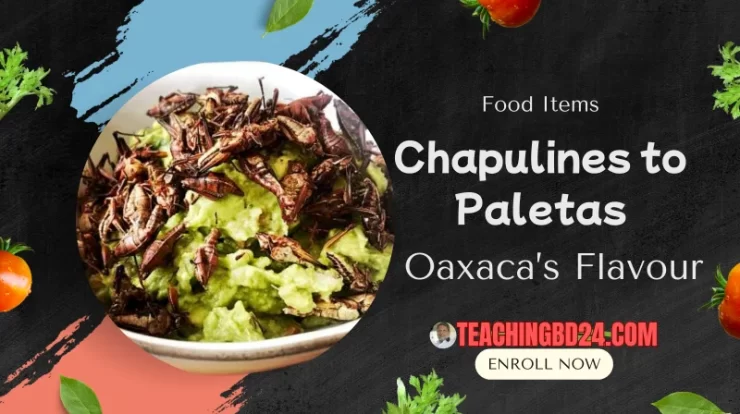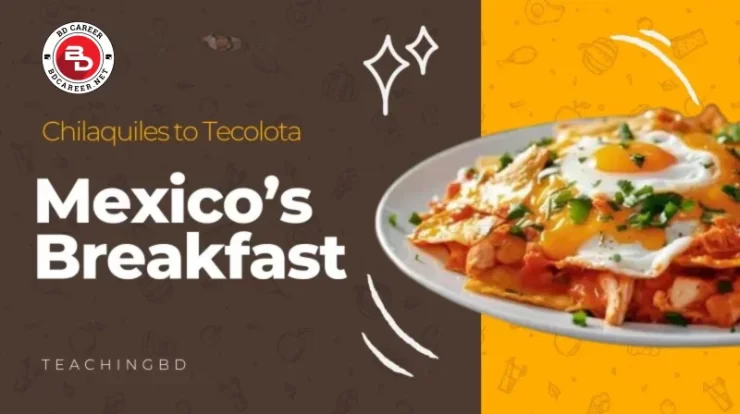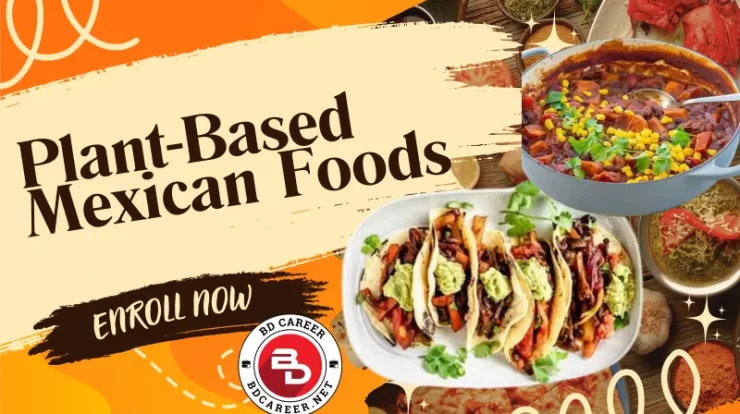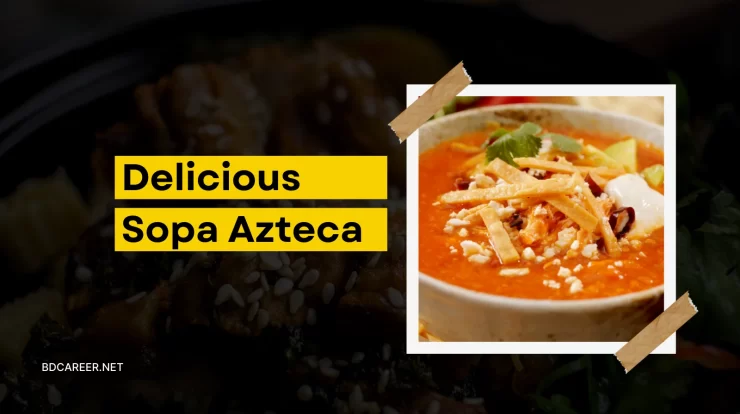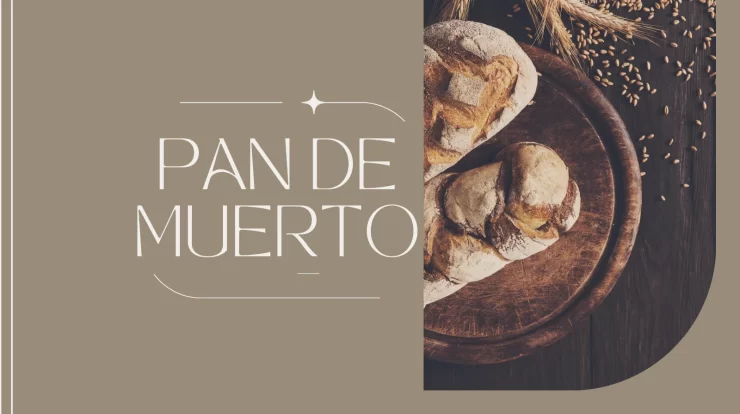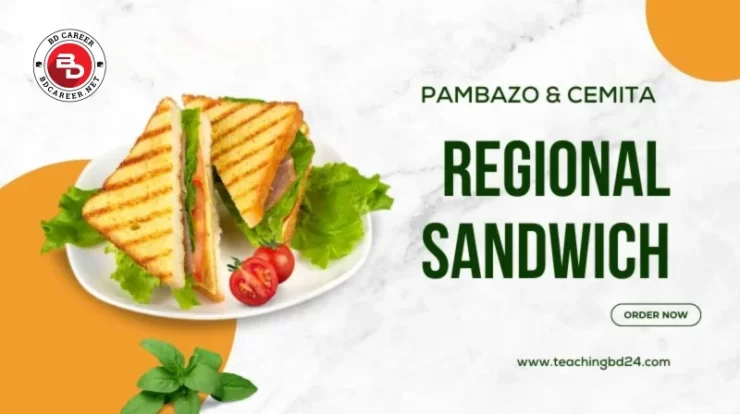
Walk into any corner of Mexico, and you’ll quickly realise food is never just food. It’s memory, geography, identity, pride, sometimes even a little bit of rivalry wrapped in bread. And if you ask two hungry Mexicans, one from Puebla and the other from Mexico City, which sandwich reigns supreme, you’ll find yourself in the middle of a deliciously stubborn argument.
On one side: the cemita poblana, stacked high, a sesame-studded crown on top, dripping with avocado and papalo. Elegant, baroque, almost regal. On the other hand, the pambazo chilango, bread dunked in chilli sauce, greasy fingers, and that glorious mess of potatoes and chorizo. Bold, humble, and utterly unapologetic.
This isn’t just about sandwiches. It’s about two regions that have poured their hearts, histories, and flavours into handheld meals that carry as much weight as any mole or taco. And yeah, it’s kind of a war.
Contents
Origins of the Rivalry
To understand why these sandwiches spark such fierce loyalty, you have to look at where they came from.
The cemita was born in Puebla, a city that wears its culinary heritage like a badge of honour. Puebla gave the world mole poblano, chiles en nogada, and, yes, the cemita. It’s not just “a sandwich,” it’s the sandwich, a proud descendant of colonial bread traditions and local ingredients. The roll itself, the cemita, is unique: round, fluffy, and topped with sesame seeds, a reflection of European baking techniques fused with Mexican creativity.
The pambazo, meanwhile, found its roots in Central Mexico, especially Mexico City, though some stories trace it back to Veracruz. Unlike the cemita, it wasn’t born to impress wealthy palates. It was street food, survival food, cheap, filling, portable. The name comes from “pan basso,” a kind of simple, rustic bread eaten by peasants. Over time, Mexico City vendors gave it a makeover: soak it in guajillo chilli sauce, stuff it with potatoes and chorizo, fry it, and hand it over hot. The pambazo became the working-class hero of sandwiches.
So from the beginning, cemita and pambazo weren’t just different recipes. They came from other worlds.

Anatomy of a Cemita
Picture this: a sesame-studded roll, slightly sweet but sturdy enough to hold an avalanche of fillings. You cut it open, and the layers reveal themselves:
- Milanesa is a breaded beef or chicken cutlet, fried to golden crispness.
- Quesillo (Oaxacan string cheese) is shredded and piled like edible lace.
- Avocado slices, creamy and cooling.
- Chipotles in adobo for smoky heat.
- And the secret weapon: papalo, a pungent herb with a taste somewhere between cilantro and arugula.
A true cemita isn’t a snack, it’s a feast. You don’t eat one casually while walking down the street; you sit, you unwrap, you brace yourself. The flavours are layered like Puebla’s history, indigenous roots, colonial influence, and a touch of baroque extravagance.
People from Puebla will tell you, without blinking, that their cemita isn’t just bigger or better, it’s more complete. More refined. The bread alone, they’ll argue, disqualifies other “sandwiches” from competing.
Anatomy of a Pambazo
Now swing over to Mexico City and watch a street vendor in action. They grab a plain, soft white roll, dunk it straight into a pot of guajillo chilli sauce until it’s stained red, then throw it on the griddle. The bread sizzles, soaks, softens, and comes alive with smoky flavour.
The filling? Traditionally:
- Potatoes mashed with chorizo are spicy, fatty, and comforting.
- Lettuce for crunch, shredded fine.
- Crema and queso fresco, cooling the chilli heat.
It’s hot, messy, dripping with sauce. You bite into it, and it collapses gloriously in your hands. Your fingers turn red, your shirt probably gets stained, and you don’t care. That’s the joy of a pambazo, it doesn’t try to impress anyone. It just wants to fill you up and keep you moving.
Pambazos are also deeply tied to Mexican Independence Day celebrations, sold at fairs and fiestas, making them a sort of patriotic street snack. While cemitas sit on a throne, pambazos march in the streets.
The Cultural Context
The cemita is Puebla’s culinary ambassador, a sandwich that says, “We take our food seriously.” It’s tied to family traditions, restaurants that have perfected the art for generations, and a sense of regional pride. Eat a cemita, and you’re tasting the spirit of Puebla: complex, layered, slightly formal but full of heart.
The pambazo? That’s Mexico City in edible form. Fast, chaotic, affordable, and bursting with flavour. It reflects a city where millions hustle daily, where food is quick but never dull. It’s proletarian fuel, designed for movement, not ceremony.
Class plays into this rivalry, too. Cemitas, with their fancy bread and long ingredient list, are often seen as “higher-class” sandwiches. Pambazos, with their cheap bread and potato filling, wear their working-class badge proudly.

The Modern “Sandwich Wars”
Of course, in the age of Instagram and foodie culture, this rivalry has only gotten louder. Puebla residents flood social media with photos of cemitas stacked so high they look like architectural marvels. Mexico City folks clap back with messy, dripping pambazo close-ups, proudly captioned, “This is real street food.”
Food festivals sometimes stage tongue-in-cheek “sandwich battles,” where chefs reinterpret the classics. You’ll see cemitas with duck confit or pambazos filled with vegan chorizo and kale. Purists scoff, but the experiments keep these traditions alive in a global food scene.
And it’s not just about Mexico anymore. In U.S. cities with strong Mexican communities, like Los Angeles, Chicago, or New York, cemitas and pambazos are finding new fans. Poblano migrants have introduced cemitas to American palates, while pambazos thrive on food trucks and pop-ups, loved for their messiness and spice.
Beyond the Rivalry
It’s tempting to pit cemita against pambazo like heavyweight boxers, but the truth is, they’re part of a bigger family. Mexico has a love affair with bread-based street food: tortas stuffed with everything from ham to tamales, molletes with beans and cheese, and guajolotas, tamales tucked into a bolillo. Each has its place, each has its fans.
The cemita and pambazo just happen to be the most flamboyant siblings. One dressed for a fiesta in Puebla, the other running wild through Mexico City’s streets.
In the end, the so-called “war” is less about beating the other and more about proudly showing off what makes each city special. The cemita and pambazo are love letters to their hometowns, and if you’re smart, you’ll eat both.

Conclusion
So, who wins the regional sandwich wars? The honest answer: nobody. Or maybe everybody.
Puebla can keep its cemitas, elegant and layered like edible cathedrals. Mexico City can keep its pambazos, fiery and messy like the city itself. Both carry history, identity, and pride between two pieces of bread. Both deserve their place on Mexico’s culinary throne.
But here’s the thing, you don’t have to choose. Try a cemita when you want to sit down and savour something rich and layered. Grab a pambazo when you’re on the move and don’t mind sauce dripping down your arms. Life’s too short to pick sides in a sandwich war.
If anything, the rivalry reminds us of why Mexican street food matters: it’s not just fuel. It’s storytelling. It’s survival. It’s a celebration. And it’s a little bit of chaos wrapped in bread.
So next time someone asks, “Team Cemita or Team Pambazo?” maybe just smile, take a bite of whichever’s in your hand, and say, “Both.”
